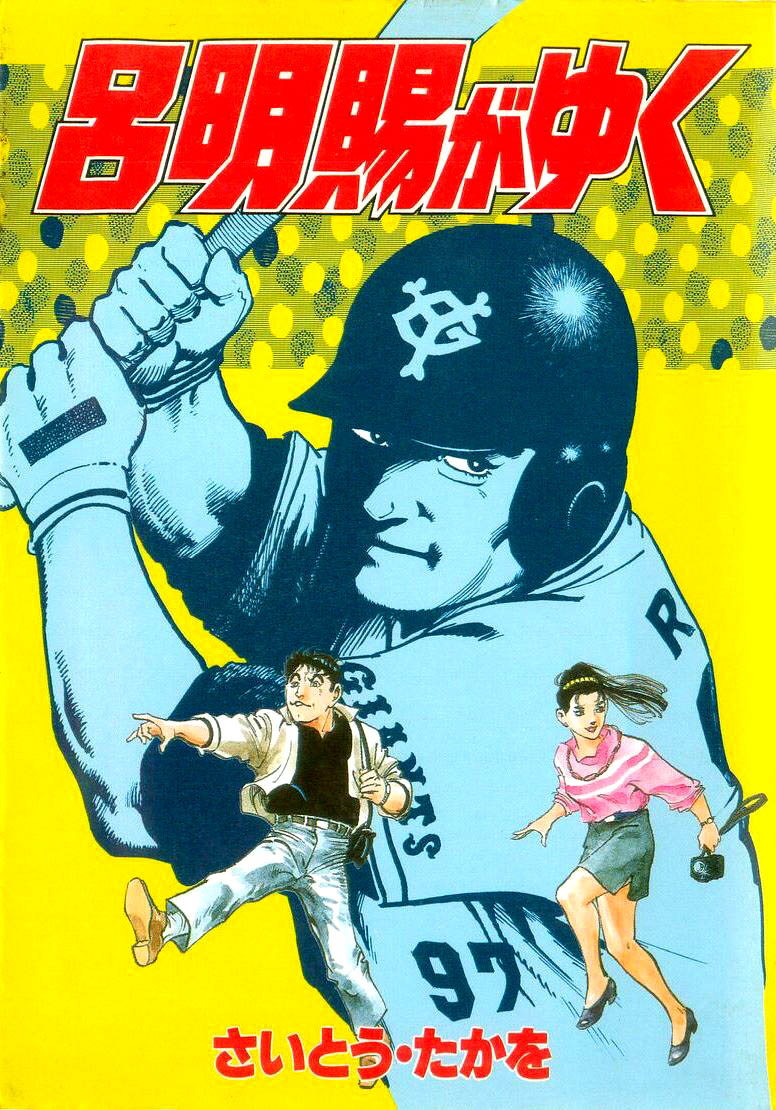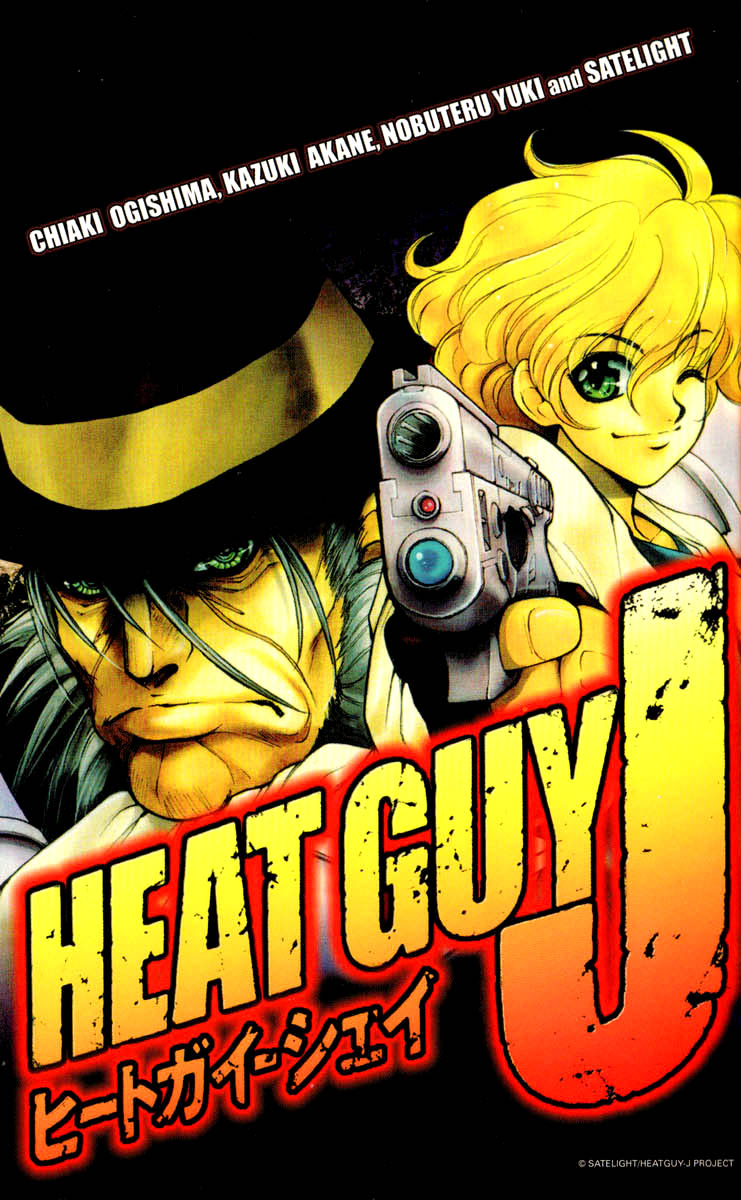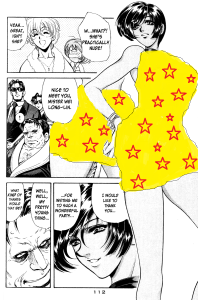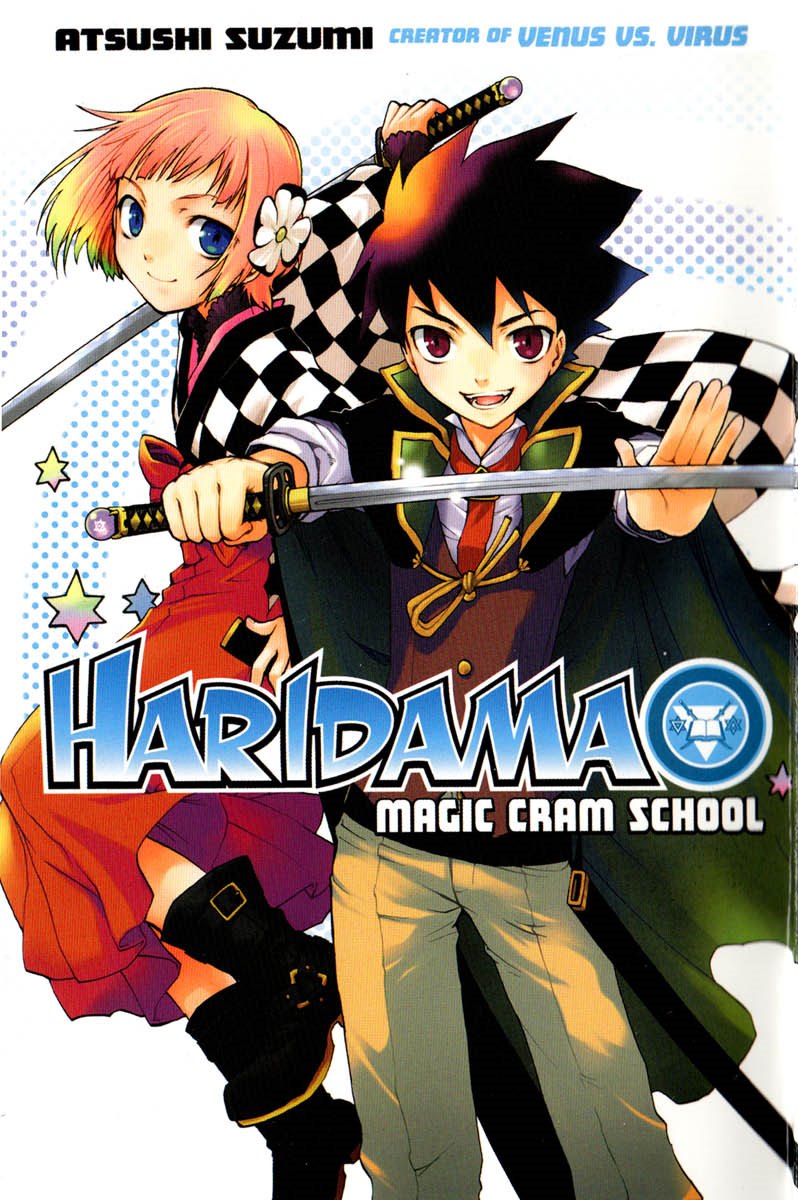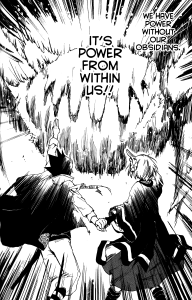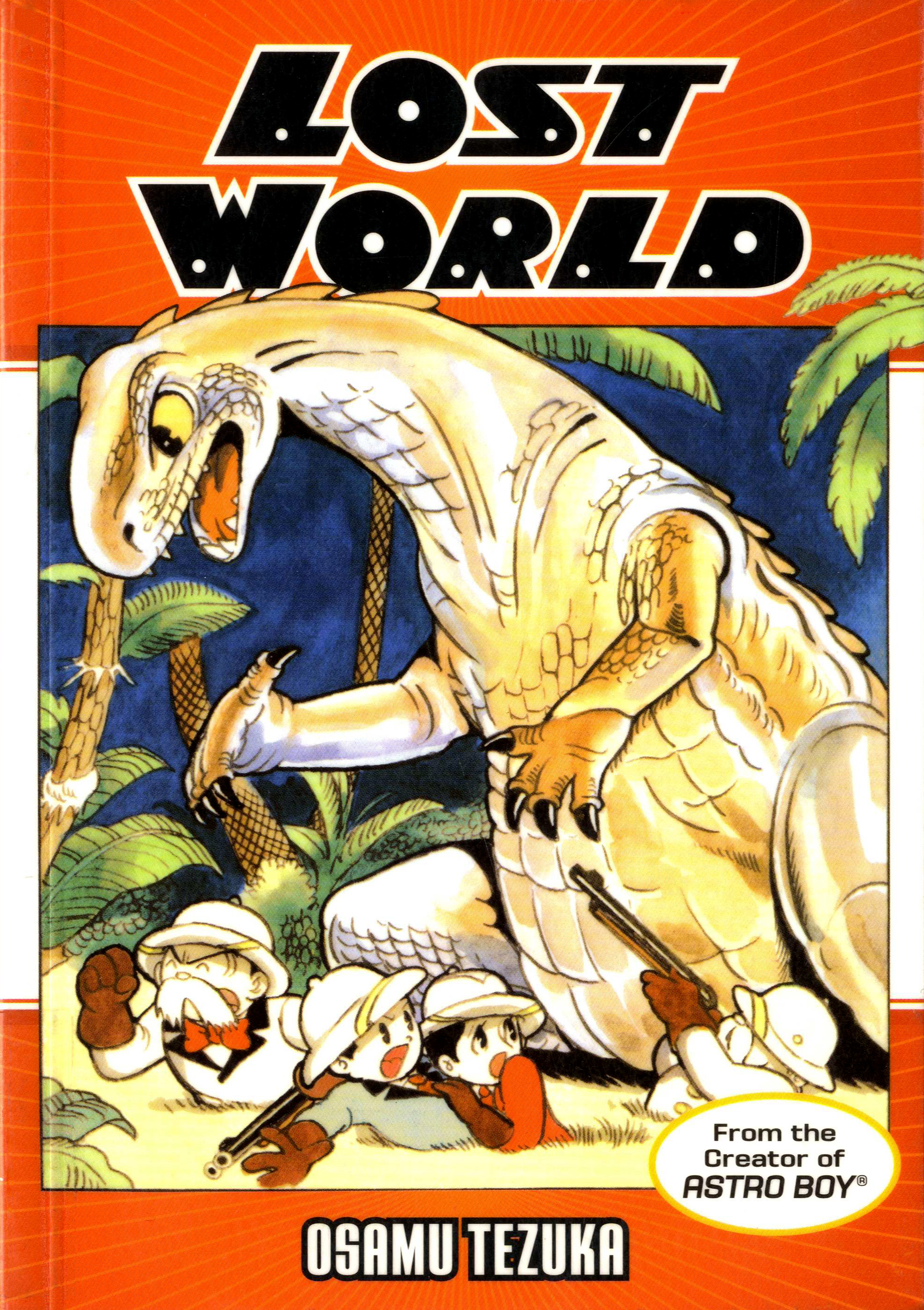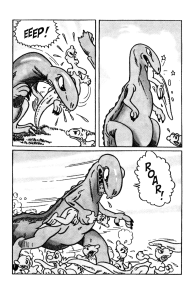This will be fairly short since I didn’t read more than a volume of Ro Meishi ga Yuku. It’s a one-volume manga by Takao Saito, better known as the author of Golgo 13. While personally I would favor the title Lu Ming-tsu ga Yuku, sites like Mangaupdates tend to write the title of this manga as Ro Meishi ga Yuku because in Japan “Ro Meishi” was how they pronounced the name of the Taiwanese player (呂明賜) that this baseball manga profiles.
So, what’s so interesting about Ming-tsu Lu (or Ming-soo Roo depending on how you romanize it) and why would a veteran mangaka spend a whole volume on him? Well for us modern fans it’s not that interesting, I suppose. Ming-tsu Lu was signed by the Yomiuri Giants and spent some time cooling his heels in the minors because of the Japanese “2 foreigners per team” rule (said limit was later waived precisely because Lu played so well).
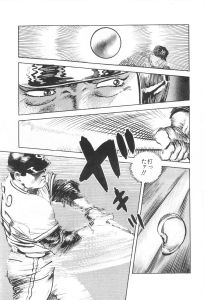 His chance finally came in June 1988 when Warren Cromartie went down with an injury courtesy of a dead ball. Lu moved up to the majors and performed spectacularly, enough to garner him his own manga which purports to track down Lu’s history and find out the secret behind his stunning abilities.
His chance finally came in June 1988 when Warren Cromartie went down with an injury courtesy of a dead ball. Lu moved up to the majors and performed spectacularly, enough to garner him his own manga which purports to track down Lu’s history and find out the secret behind his stunning abilities.
The first chapter started off innocuously enough, showing bits of Lu’s personality (he works hard, eats a lot and has lots of friends) as well as the circumstances that led to his call-up and then his first few games for the giants. After that the manga rapidly goes downhill with the appearance of an extremely annoying reporter who is sniffing around to learn more about the player… for no good reason, really. It would make sense if there was some big secret Lu was hiding, or if he came out of nowhere, but we quickly learn that Lu was spotted when he played for the Taiwanese Olympic team, there was some debate over whether to sign him or some other player but Lu was better, so they got him.
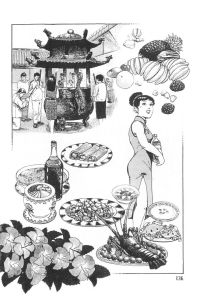 All that makes for a very simple and straightforward manga and I guess that wasn’t good enough for Takao Saito, so he opted instead to throw in first the annoying reporter then another reporter, a female one who the first one has the hots for. They bicker and compete and run around and generally get on my nerves, so much so that I quit pretty quickly because it was obvious there wasn’t much story or drama to go around beyond what the author felt like inventing.
All that makes for a very simple and straightforward manga and I guess that wasn’t good enough for Takao Saito, so he opted instead to throw in first the annoying reporter then another reporter, a female one who the first one has the hots for. They bicker and compete and run around and generally get on my nerves, so much so that I quit pretty quickly because it was obvious there wasn’t much story or drama to go around beyond what the author felt like inventing.
The other reason I quit was that while the manga does admit that Ming-tsu Lu is a naturally-gifted player with a great build and a great work ethic, they’re not content to leave it at that. That’s good and all, but in their search for that “something extra” they choose to play up a so-called “Taiwanese connection” between Lu and the great Sadaharu Oh, manager of the Giants at the time.
Now it is an established fact that Lu went to the Giants because Oh was there, but it still seemed to be like they were playing up the foreign-ness of both players by hyping their ‘unique Taiwanese background’ blah blah kind of thing. It’s like urgghh, why can’t he just be a great player on his own? Even the conversations he has in Chinese are largely transcribed as gibberish instead receiving any meaningful translation. It’s a bit sad. Ultimately the two reporters bugged me so much that I just skipped through the rest, so maybe it gets better. A quick skim told me later chapters focus on Lu’s childhood and introduction to baseball, but I wasn’t interested enough to stick around to find out.
At any rate the art is excellent and it’s not a bad manga per se. If you’re a fan of the player or of the mangaka, or if you’re interested in 80s Japanese baseball then Ro Meishi ga Yuku is a worthy read in a history book kind of way. Since it’s only 1 volume long, you don’t have much to lose either way. But to be honest, I found it a bit disappointing for the reasons I’ve just stated.
